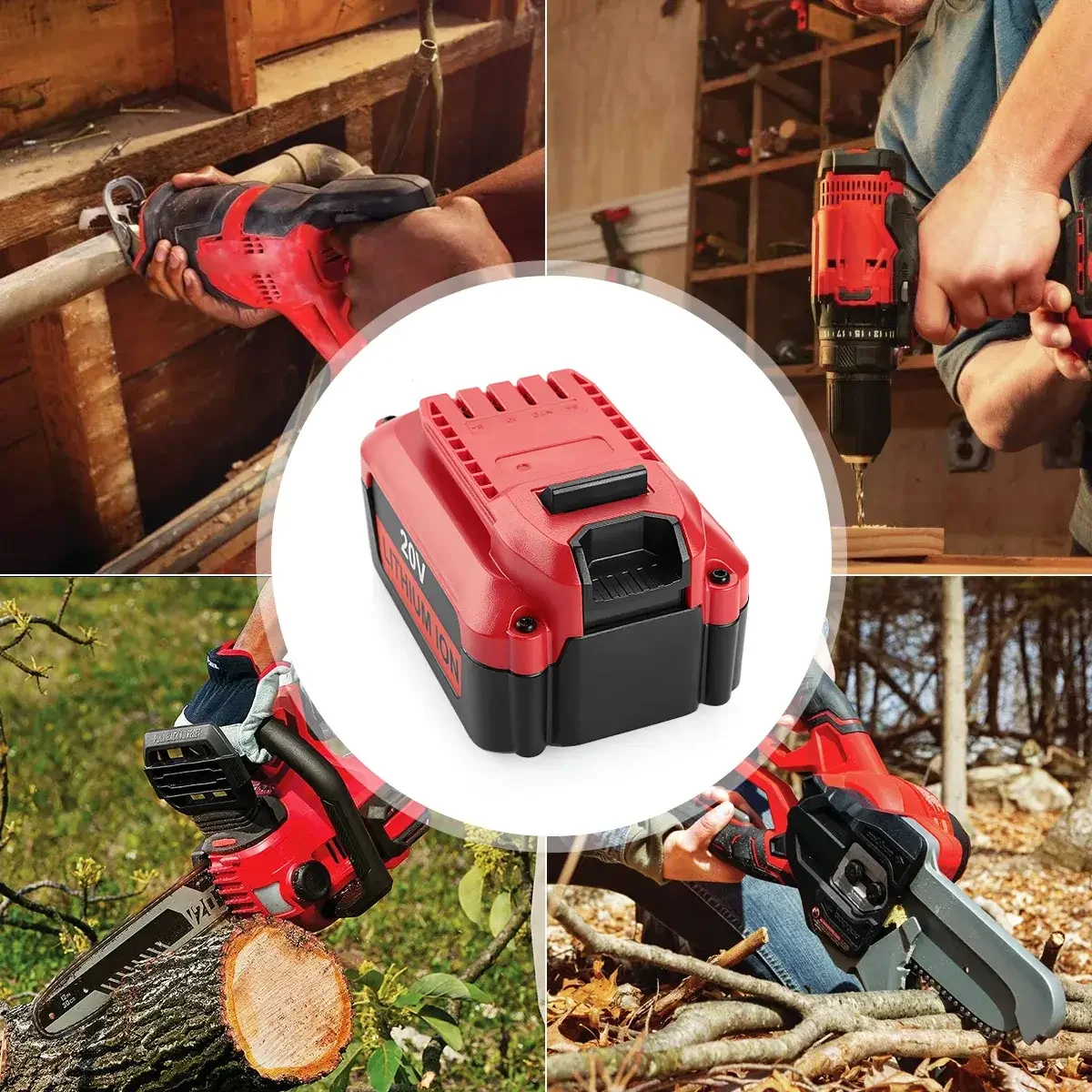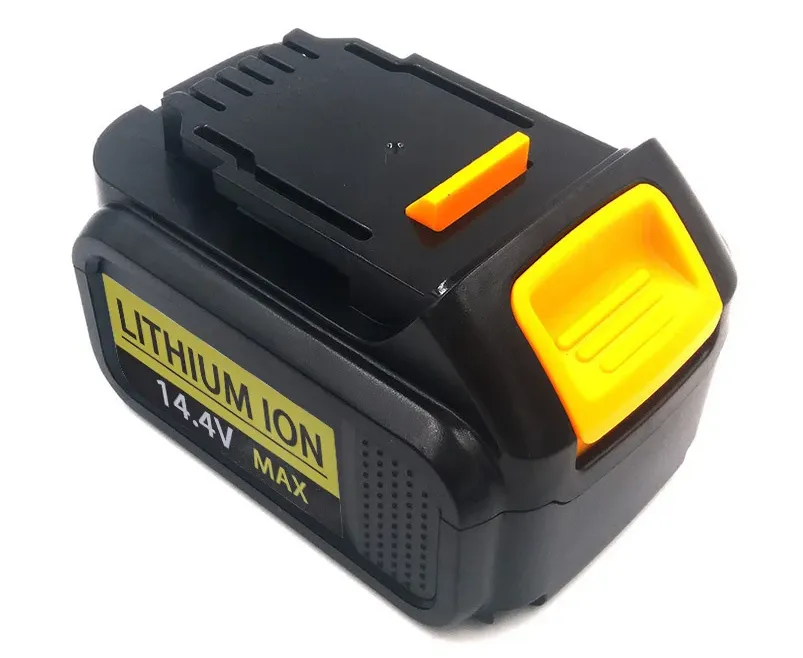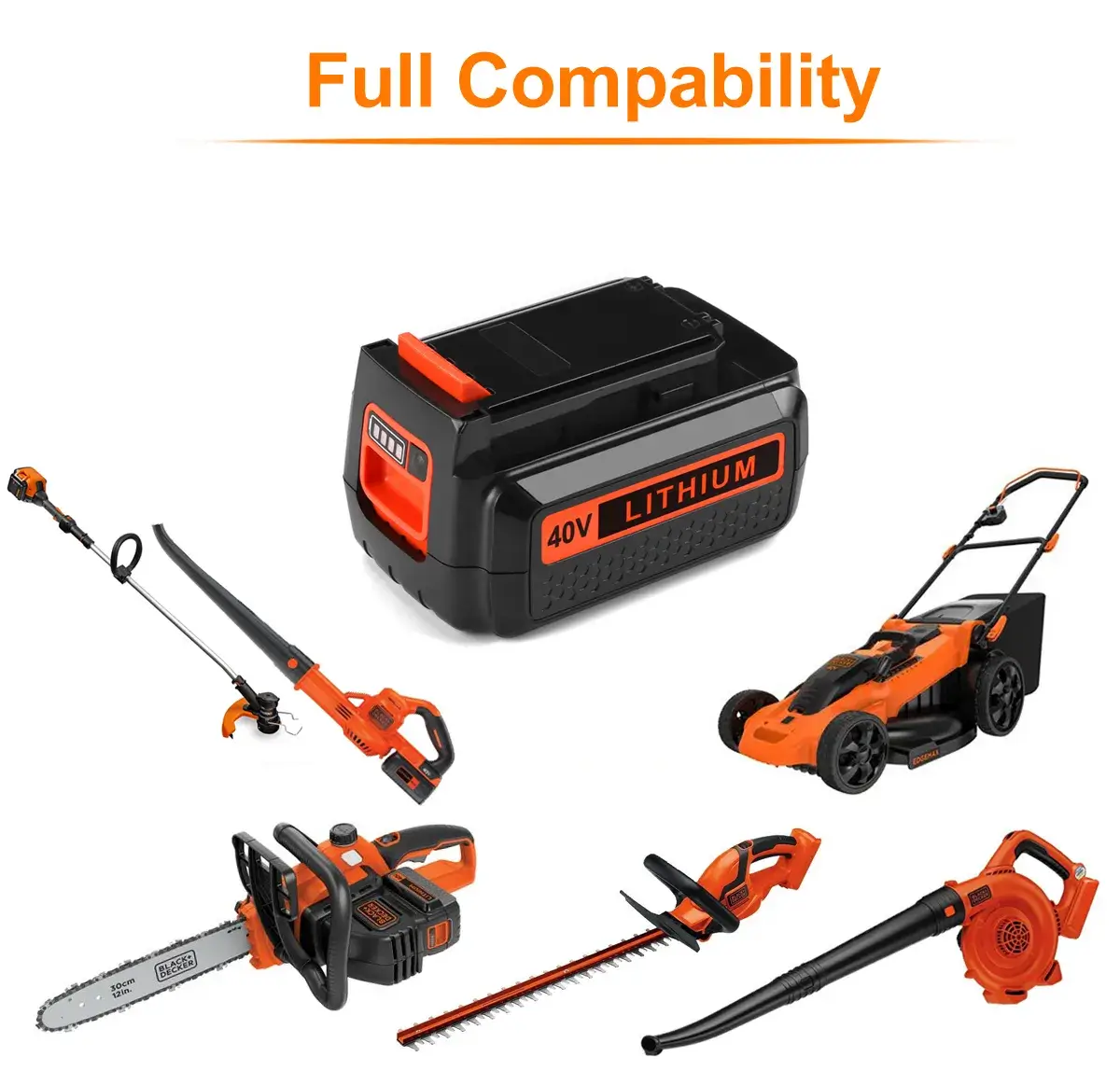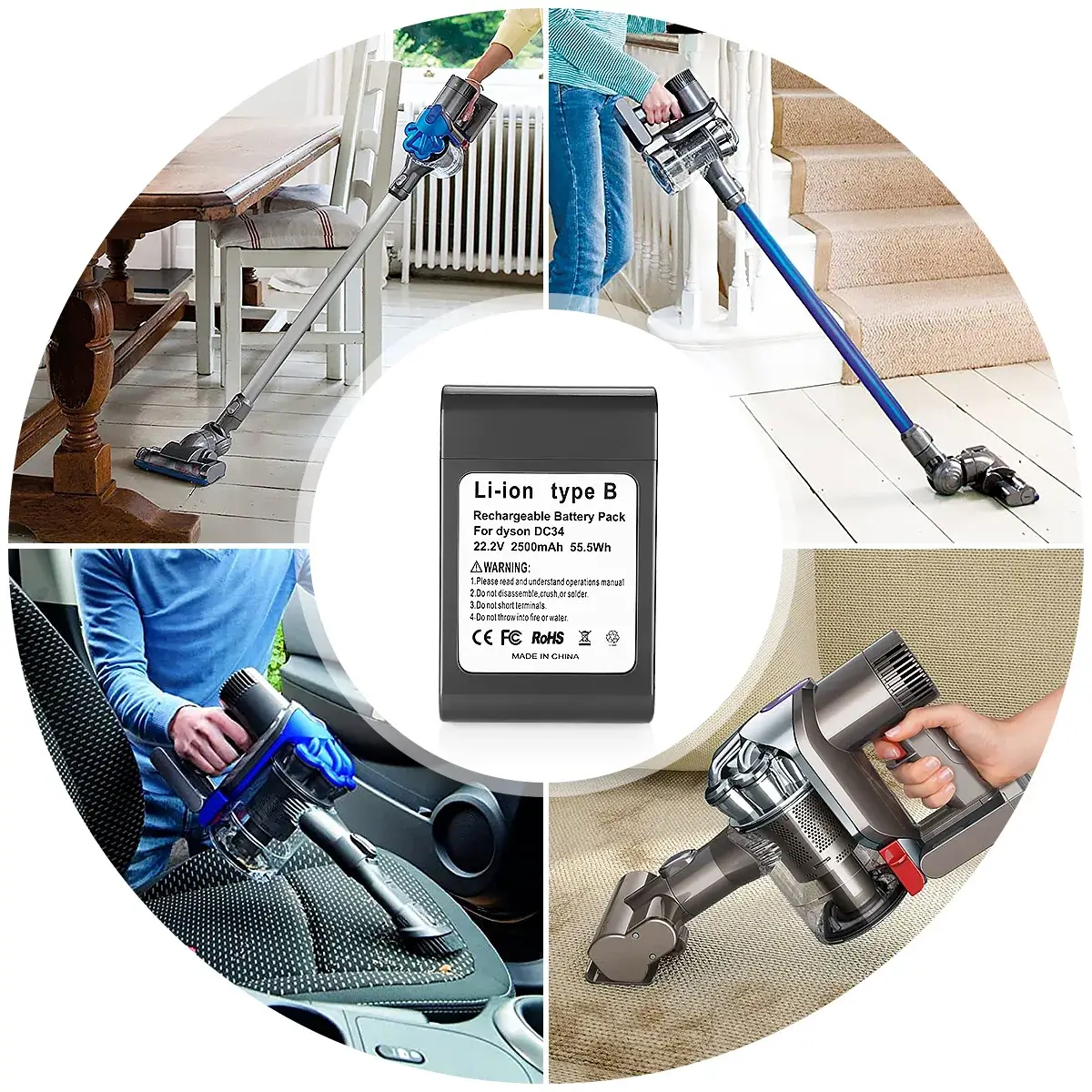Vacuum Cleaner Batteries: The Ultimate Guide to Lifespan, Safety & Savings
This guide explains the critical role of rechargeable batteries in cordless vacuum cleaners—impacts on run time, suction performance, and overall user convenience.
Helps you choose the right battery type, monitor charge status, follow best care practices, and responsibly dispose of packs at end-of-life.

1. What Types of Rechargeable Batteries Are Used in Vacuum Cleaners?
Explore the most common battery chemistries and their strengths and weaknesses.
Lithium-Ion (Li-ion) Batteries
- Features: High energy density, lightweight, low self-discharge (~1–2%/month)
- Typical Specs: 14.4 V, 18 V, 21.6 V; capacities 2 Ah–5 Ah
- Ideal For: Everyday cleaning, large homes, pet hair pickup
NiMH & NiCd Batteries
- NiMH: Moderate energy density, memory effect risk, higher self-discharge (15–30%/month)
- NiCd: Highly durable but contains toxic cadmium; phased out in premium models
- Cycle Life: NiMH \~200–300 cycles; Li‑ion \~300–500 cycles
- Use Case: Budget or legacy vacuum models, entry-level aftermarket replacement

2. How Long Do Vacuum Cleaner Batteries Last?
Typical cycle lives and factors that influence longevity:
- Li-ion: 300–500 full discharge cycles
- NiMH: 200–300 full discharge cycles
- Influencing Factors: Depth of discharge, high motor current draw, charging temperature
- Replacement Tip: Consider replacing when capacity falls below \~70% of original.
3. How Can You Tell When Your Battery Is Fully Charged?
Recognize LED signals and smart charger features:
LED Indicators:
- Charging: solid red
- Almost full: blinking red
- Full: solid green
Smart Charger Features: Auto cut‑off, trickle charge, mobile notifications
Tip: Remove the pack within a few minutes of reaching full charge to avoid heat‑related aging.
4. How Do You Maximize Your Vacuum Battery’s Lifespan?
Best practices for storage, charging habits, and conditioning:
- Storage: Store at \~50% charge in a cool, dry place (10–20 °C).
- Charge Habits: Avoid letting the battery reach 0% or remain at 100% long-term.
- Conditioning: If recommended, perform a full charge/discharge cycle every 3 months to recalibrate the BMS.

5. How Should You Dispose of and Recycle Vacuum Cleaner Batteries?
Environmental and safety considerations plus disposal options:
Why It Matters: Lithium packs in landfills pose a fire risk; heavy metals can pollute soil and water.
Recycling Options:
- Manufacturer take-back programs (e.g., Dyson, Shark)
- Local e‑waste drop‑off centers
Examples:
- USA: Home Depot, Best Buy
- Europe: Leroy Merlin, municipal recycling centers
6. Which Battery Should You Buy? A Decision Matrix
Compare OEM and aftermarket batteries across key attributes:
| Feature | OEM Li‑ion | XNJTG Aftermarket Li-ion | OEM NiMH |
| Price | $60 | $30-40 | $40 |
| Cycle Life | 300–500 cycles | 500–600 cycles | 200–300 |
| Warranty | 1–2 years | 1 year | 1 year |
| Compatibility | 100 % | 100 % | ~80% |
Top Picks:
- Best Value: XNJTG 4.5 Ah (4.5/5)
- OEM Recommended: Dyson Genuine 4.0 Ah (4.8/5)
- Eco-Friendly: EcoFlow Recyclable 4.2 Ah (4.3/5)
7. Frequently Asked Questions
Addressing the most common reader questions:
Q1. Which battery type do modern cordless vacuums use?
Nearly all current models use Li‑ion; budget or older vacuums may still employ NiMH or NiCd.
Q2. Can I use a higher-capacity battery than the original?
Yes—so long as the voltage matches. Higher amp-hours yield longer runtime without harming the tool.
Q3. Do vacuum cleaner batteries expire if unused?
Yes—Li-ion self-discharges \~2–3% per month. Recharge every 2–3 months during storage.
Q4. What’s the best battery for heavy pet hair cleaning?
A ≥5 Ah Li-ion pack with robust thermal management. Recommended: XYZ Pet-Pro 5.0 Ah.

8. Conclusions & Next Steps
Key takeaways and action items to extend your vacuum’s service life:
- Recap: Li-ion dominates cordless vacuums; NiMH/NiCd remain in inbudget/legacy segments.
- Care Tips: Follow proper charging, storage, and conditioning routines.
- Disposal: Recycle packs responsibly.
Next Steps:
Use the decision matrix above to select your next battery and keep your vacuum cleaner running at peak performance!